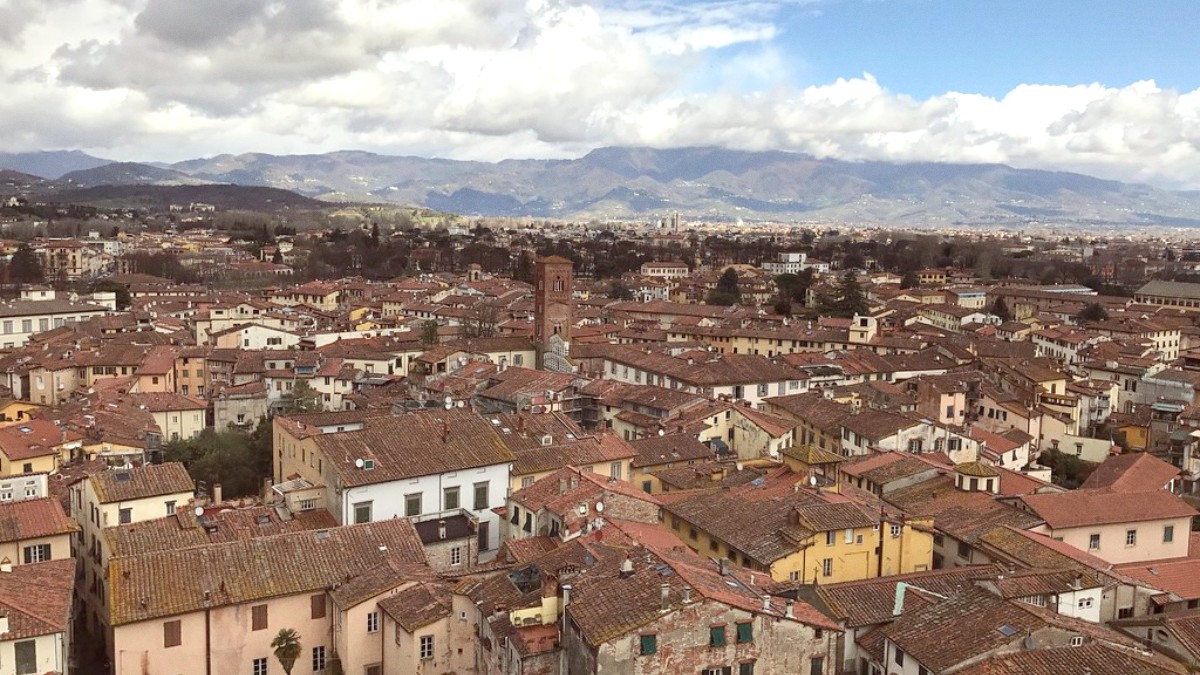
The Northeast, Brazil
Expect cassava (`manioc`, `macaxeira`, `aipim`), various beans, corn, and coconut milk. Fresh and dried seafood, notably fish and shrimp, are staples. Dried beef (`carne de sol`) is common. Tropical fruits like cashew, acerola, and passion fruit appear in juices and dishes.
Flavors are rich, savory, often with a hint of sweetness. Fresh herbs like cilantro and green onions are frequent. Dendê oil (palm oil) contributes a distinct flavor and orange hue in some dishes.
Often the main meal of the day, especially at 'comida a quilo' (pay-by-weight) restaurants for variety and value.
Typically eaten later in the evening, generally from 7:00 PM onwards. Many restaurants stay open late.
A 10% service charge ('serviço') is frequently added. If included, additional tipping is not expected, though optional for exceptional service.
Cured, salted beef, typically grilled or fried, served with macaxeira (cassava) and queijo coalho (grilled cheese). Rich flavor, tender texture.
Find at: Traditional Northeastern restaurants like Colher de Pau or Coco Bambu.
Hearty dish of rice and beans cooked together, often with queijo coalho, carne seca, or other meats and green beans. Flavorful and filling.
Find at: Most traditional Brazilian restaurants.
Flavorful seafood stew with fish or shrimp, coconut milk, bell peppers, onions, and cilantro. Ceará version is generally lighter in dendê oil.
Find at: Seafood restaurants, especially in Mucuripe and Meireles.
Brazil's national cocktail made with cachaça, fresh lime, sugar, and ice. Variations with vodka or other fruits are available.
Brigadeiro: Dense chocolate fudge ball. Cocada: Sweet candy made from shredded coconut and sugar.
Fortaleza has upscale restaurants, especially in Aldeota and Meireles. These include high-end steakhouses and sophisticated contemporary Brazilian or international cuisine. They provide a refined dining experience.
Numerous mid-range options are available across the main tourist areas. Popular choices include chains and traditional Northeastern eateries.
Affordable and authentic options from pay-by-weight buffets to lively markets.
Mainly a craft market, but also features food stalls for local sweets and dried fruits.
Find local delights and [Kirkland Signature Cashews Unsalted](https://www.amazon.com/s?k=Kirkland+Signature+Cashews+Unsalted).
Fortaleza offers Italian (pizzerias, pasta), Japanese (sushi), Lebanese, and Portuguese cuisine.
Mainly located in Aldeota and Meireles neighborhoods.
Improving but still challenging; `comida a quilo` buffets and tapioca are good options. Use translation apps.
Tapioca is naturally GF. Many traditional dishes (grilled fish, rice, beans) are GF. Carry a [translation card](https://www.amazon.com/s?k=translation+card) for allergies.
Very limited options. Self-catering from supermarkets may be the best approach.
Consider apartments with kitchens for full control over ingredients.
Direct farm visits are not common within Fortaleza's urban area. They may exist in rural areas, especially for cashew farms.
Arrange through specialized, off-the-beaten-path tours.
Fortaleza occasionally hosts food festivals, celebrating seafood or regional products like cashew nuts.
Check local event listings upon arrival for current events.
More than just beach shacks, these are large, full-service entertainment complexes.
Try 'cajuína', a local non-alcoholic sparkling drink made from cashew fruit.
This provides a truly local and fresh experience.
The coastal location naturally emphasizes fresh seafood.
Don't miss 'Cajuína', a non-alcoholic sparkling drink made from cashew fruit.
Communicating specific dietary needs can be difficult due to language barriers.
Carry a [translation card](https://www.amazon.com/s?k=translation+card) or use apps to explain allergies.
Consider staying in an apartment with a kitchen for full control over ingredients and preparation.
Local supermarkets offer a wide range of fresh produce.
Some tour operators offer cooking classes to learn about local ingredients and preparation methods specific to Ceará.
Join a food tour to explore street food markets, the fish market, and traditional eateries for cultural insights.
Fortaleza occasionally hosts food festivals, often celebrating seafood or regional products. Check local listings.
For an authentic seafood experience, visit the Mercado dos Peixes at Mucuripe.